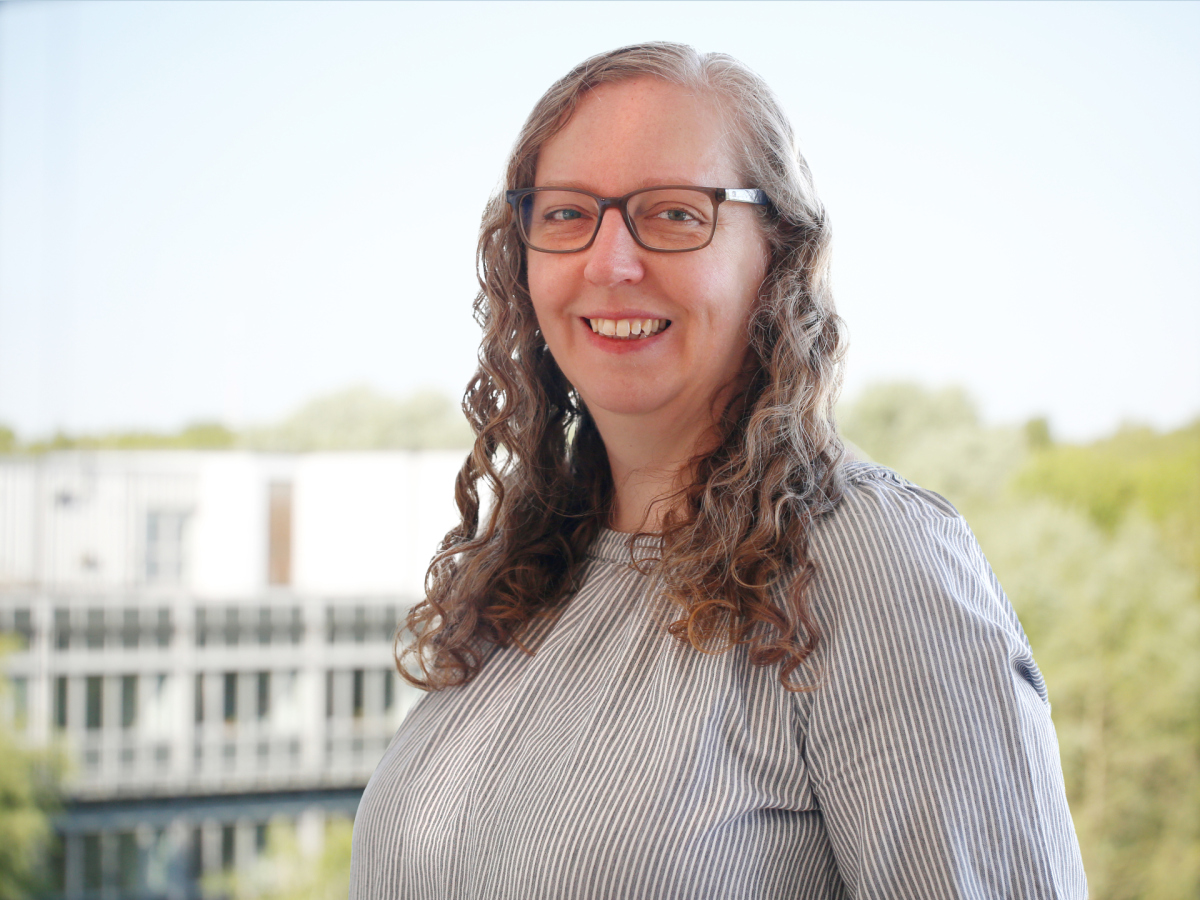- Departments
- Department of Biogeochemistry
- Biogeochemistry Group
- People
- Wiebke Mohr
- Main Research Interests
Main Research Interests
Scientist
MPI for Marine Microbiology
Celsiusstr. 1
D-28359 Bremen
Germany
|
Room: |
3135 |
|
Phone: |

My research focuses on the biogeochemistry and ecology of nitrogen fixation in marine ecosystems, particularly the nutrient-poor open ocean and vegetated coastal ecosystems. In most of these ecosystems, primary productivity is limited by the availability of nitrogen (N) such as nitrate and ammonium. Biological nitrogen fixation, the enzymatic reduction of inert N2 gas to bioavailable ammonia, adds new nitrogen, thereby sustaining productivity and exerting control on the export of organic matter, and hence atmospheric carbon dioxide (CO2). In my research, I aim to better understand the extent of N2 fixation activity, to identify the responsible microorganisms and to reveal their lifestyle as well as regulatory mechanisms. To address these topics, I use a combination of geochemical, molecular, microbiological and single-cell approaches in both field-going and laboratory-based research.
Nitrogen fixation in the open ocean
The majority of N2 fixation in the open ocean is currently attributed to cyanobacteria. However, molecular data indicates that non-cyanobacterial N2-fixers are present in the open ocean, and N2 fixation rates can be measured in the (near) absence of N2-fixing cyanobacteria. One focus of my research in the open ocean therefore is to identify non-cyanobacterial N2-fixers and to determine their activity using –omics approaches and stable isotope incubations coupled to nanoscale Secondary Ion Mass Spectrometry (nanoSIMS). Further, I am interested in learning what parameters regulate the activity of these novel as well as cyanobacterial N2-fixers, with a particular emphasis on the role of phosphorus and iron.
Nitrogen fixation in seagrass ecosystems
Many seagrasses worldwide flourish in nutrient-poor environments, and N2 fixation has been detected in many of these ecosystems. In Posidonia oceanica, a seagrass endemic to the Mediterranean Sea, we have recently discovered an endophytic bacterium, Ca. Celerinatantimonas neptuna, which fixes N2 inside the roots and provides the fixed N to its plant host (Mohr et al. 2021) resembling the interaction of terrestrial rhizobia and their legume hosts. Based on molecular data, similar associations may exist between bacteria and other seagrasses/macrophytes. Hence, I am particularly interested in deepening our understanding of seagrass-associated N2-fixers at both the ecological and evolutionary level.